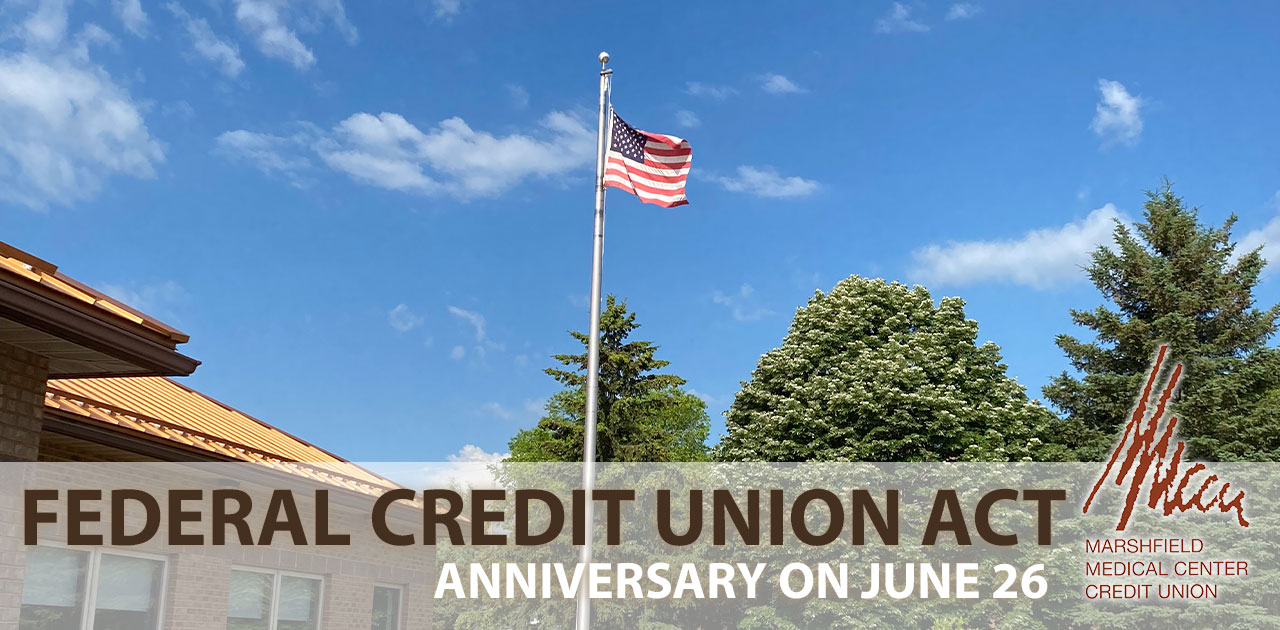June 26 marks the anniversary of the passage of the Federal Credit Union Act of 1934. Enacted during the depths of the Great Depression, the law enabled credit unions to be organized throughout the United States under charters approved by the federal government.
The purpose of the federal law was to make credit available to Americans and promote thrift through a national system of nonprofit, cooperative credit unions.
At a credit union, you are more than a member – you are part owner.
Credit unions are not-for-profit organizations that exist to serve their members. Like banks, credit unions accept deposits, make loans and provide a wide array of other financial services. Credit unions are owned and controlled by the people, or members, who use their services.
Your vote counts. A volunteer board of directors is elected by members to manage a credit union. Credit unions operate to promote the well-being of their members. Profits made by credit unions are returned back to members in the form of reduced fees, higher savings rates and lower loan rates.
Members of a credit union share a common bond, also known as the credit union’s “field of membership.” You may be able to join based on your employer, family, geographic location or membership in a group.
More helpful links:
History of Credit Unions & NCUA


